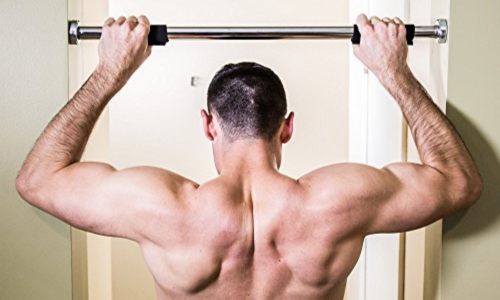
When it comes to maintaining fitness from the comfort of our homes, pull up bars are invaluable tools. The effectiveness of this tool is only matched by its versatility, but to maximize its benefits, it’s essential that we install it correctly. In this guide, we will provide a detailed step-by-step process to ensure the safe and secure installation of a door frame pull up bar.
Table of Contents
Understanding the Structure of Your Door Frame
Before how to set up pull up bar, it’s crucial for us to understand the structure of our door frame. A typical door frame consists of:
- Jamb: The vertical sides of the frame.
- Header: The horizontal piece at the top.
- Sill: The bottom of the frame (not applicable for pull up bar for door but good to know).
By knowing these components, we ensure that the pull-up bar is positioned correctly, preventing any potential damage to the door.
Step-by-Step Installation
Measure Your Door Frame
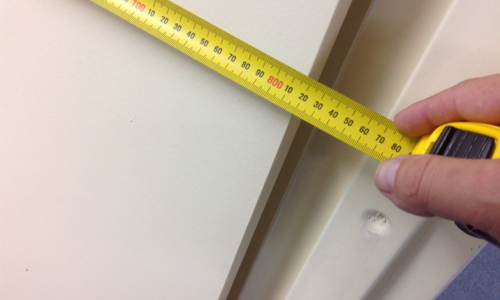
Begin by measuring the inner width of your door frame to determine the fitting of the hanging bar. Next, measure the frame’s depth, or thickness, to ensure stability. This depth helps in understanding how brackets or padding might rest against the frame. Once you have measurements, decide on the bar’s optimal height, ideally positioned in the door frame’s middle for even stress distribution. With these dimensions in hand, select a hanging bar that matches or can adjust to your frame’s size. Proper measurements ensure both a safe workout environment and the protection of your door frame.
Mark the Placement
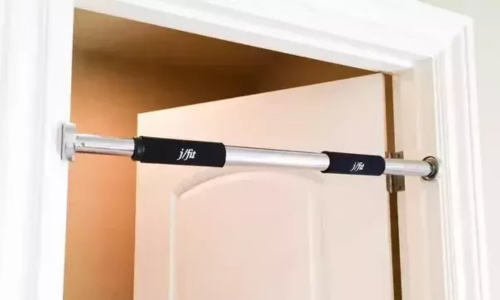
Begin by holding the pull up bar against the desired spot on the door frame, typically at the top for most doorway pull up bars. Always refer to the product’s instructions to ensure optimal placement. Mark the exact locations on the door frame where the bar’s brackets or end caps will sit. Accurate markings are crucial for ensuring a secure fit and even weight distribution. These marked spots guide where you’ll attach the bar’s supporting elements. Correct placement is key to the safety and effectiveness of doorway pull up bars.
Attach the Pull Up Bar

When installing a pull-up bar for home doorway, the attachment process varies based on design. For leverage-mounted bars, simply hook the bar onto the door frame. Screw-in types require a bit more effort. First, slide the bar onto the pre-installed brackets. Then, use any additional screws provided to further secure the bar. Ensuring the bar is firmly attached is crucial for safety during exercises.
Test for Stability
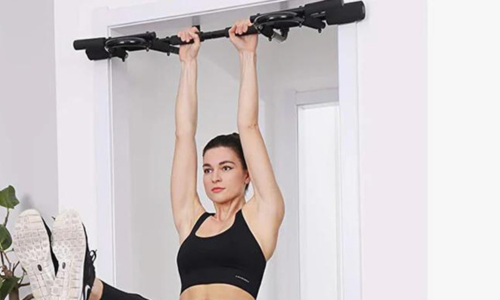
Understanding how doorway pull-up bars work is essential for safety. Before beginning any exercises, it’s crucial to test for stability. Give the pull-up bar a firm tug to check its sturdiness. If the bar feels wobbly or insecure, it may not be properly attached. Always double-check the screws and fittings to confirm they’re tight. A secure bar ensures safer workouts and minimizes the risk of accidents.
Use Safety Precautions
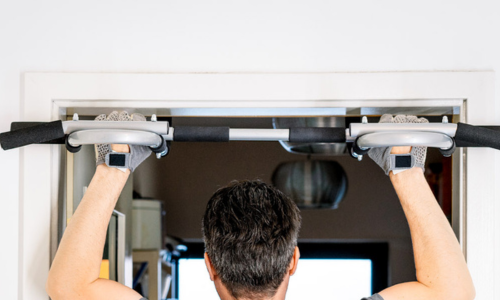
For added security, some pull up bars come with safety brackets or straps. If yours includes these, ensure they are properly installed. This prevents the bar from slipping off during intense workouts.
Maintaining Your Pull Up Bar
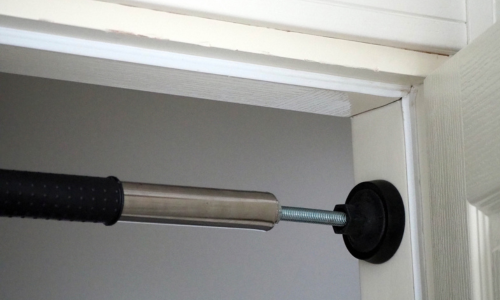
Regular maintenance is key to ensuring the longevity and safety of your pull-up bar. Periodically check the fittings and screws to ensure they are tight. Clean the bar with a damp cloth to remove any sweat or dirt, and dry it thoroughly to prevent rusting.
Conclusion
Having a pull-up bar at home is an excellent way for us to maintain our fitness routine. By following this comprehensive guide, we can ensure the safe and efficient installation of the pull-up bar, allowing us to focus on our workouts with confidence.
installing a pull-up bar on a door requires careful consideration of the door frame’s dimensions, the correct positioning and marking, and the appropriate attachment method for the specific pull-up bar type. Whether it’s leverage-mounted or screw-in, ensuring the bar’s stability is paramount. Additional safety precautions, such as using safety brackets or straps, further enhance security during workouts. By following the proper installation steps and regularly checking for stability, a doorway pull-up bar can offer a safe and effective exercise tool right in the comfort of one’s home.
FAQ
Do I need any specific tools to install a pull up bar on my door?
To install a pull-up bar on a door, you typically need basic tools like a screwdriver or power drill for screw-in models, a measuring tape to ensure proper fit, and possibly a level to ensure the bar is straight. The exact tools required can vary based on the bar’s design and installation method, so always check the manufacturer’s instructions.
How long does it typically take to install a pull-up bar on a door?
Installing a pull-up bar on a door typically takes between 15 to 30 minutes, depending on the design and your familiarity with the process. Leverage-mounted bars can be set up quickly, while screw-in models might take a bit longer due to bracket installations. Always allow extra time for reading instructions and ensuring a secure fit.
How high should pull up bar be?
The ideal height for a pull-up bar is generally about 7 to 8 feet from the ground, ensuring the user can hang without their feet touching the floor. It should be positioned high enough to allow full arm extension overhead, yet low enough for the user to safely reach without jumping. Always consider individual height and arm length for optimal placement.
How do doorway pull up bars work?
Doorway pull up bars work by leveraging the user’s weight against the door frame. Most designs use tension or a cantilever principle, where the bar is anchored on one side while the other side pushes against the opposite frame. Some models are secured with screws. The bar’s positioning and design ensure stability and support without causing damage to the doorway structure.
Is there any maintenance required after installing the pull-up bar?
Yes, after installing a pull-up bar, periodic maintenance is essential. Regularly check screws and fittings to ensure they remain tight and the bar is secure. Inspect the bar for signs of wear, rust, or damage. Clean the grip areas to prevent buildup of sweat and dirt. Proper maintenance ensures safety, prolongs the bar’s lifespan, and provides a consistent workout experience.

I’m Heorhii Rysak, a go-to sports enthusiast and blogger. My fascination with sports began in my childhood with karate, setting the foundation for my love of physical fitness. Over the years, I’ve delved into various disciplines, including martial arts and CrossFit, and developed a passion for tennis. I bring a wealth of practical experience to my blog, where I share equipment reviews, workout plans, and fitness advice. My goal is simple: to inspire and assist you in your journey toward better health and performance.